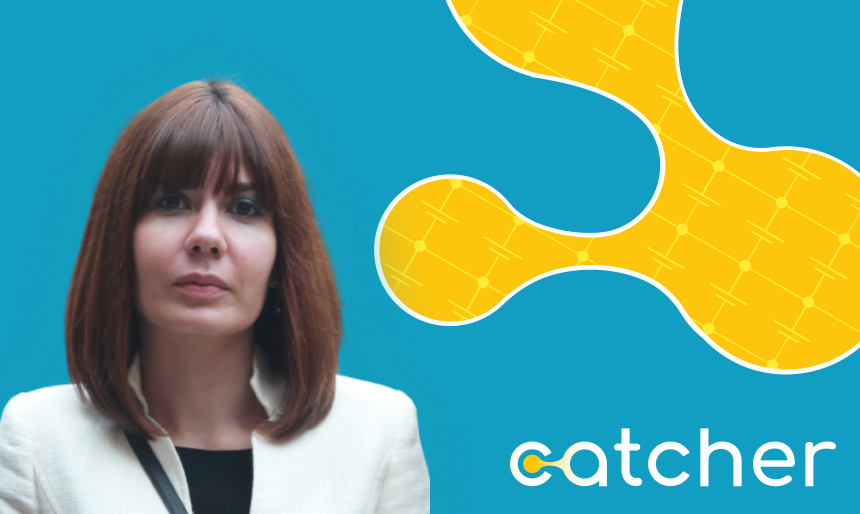
Meet the Team Interview:Leticia Fernández Velasco
Meet Leticia Fernández Velasco, who works for RMA, and is a team leader of the CATCHER project.
Firstly, tell us a bit about your organization
The Royal Military Academy (RMA) is the Belgian military institution of university education responsible for the academic, military and physical training of future officers. It provides education on a university level, as well as scientific consultancy and testing services to the industrial community. Research is also an important asset, this being reflected by the increasing number of civilian research staff working at the RMA and the more than 100 ongoing projects, funded by the Belgian Defence and other national, European and international entities through different programs.
What is the motivation behind your organization getting involved in the CATCHER project?
The Department of Chemistry of the RMA has a long-standing experience in the field of water adsorption. Peter Lodewyckx, a participant of the CATCHER project, was one of the pioneers in the investigation of water adsorption in nanoporous carbon materials. Then, Leticia Fernández, RMA team leader of CATCHER, continued this line of research, broadening it to other types of porous materials (MOFs, metal oxides…).
Thus, the CATCHER project represents a unique opportunity of applying the acquired knowledge to such a novel and crucial application. Investigation into key technologies is of the utmost importance for the RMA and can help solve the energy and environmental challenges posed by both military and civilian needs.
How is CATCHER different from other projects that are developing a renewable energy conversion technology?
The approach of CATCHER brings a new opportunity in the current energy crisis scenario, expanding the pool of clean energy sources. The first and foremost advantage of the CATCHER concept is that humidity is present everywhere and at any time. This, together with the enormous overall source potential of atmospheric humidity, can boost this technology to a leading position among green energies.
Moreover, the application of the CATCHER technology and its impact can be maximized because of its modularity. It can be adapted to a variety of appliances ranging from a large-scale energy production plant to a household or a non-profit organization in tropical and sub-tropical countries.
What do you hope to achieve through the project?
The RMA team aims at improving the performance of advanced nanomaterials in the conversion of atmospheric humidity to electricity. This will be realized by conducting a thorough analysis of their characteristics, water sorption capacity, thermodynamics and kinetics. This feedback will be of paramount importance for the other teams in order to develop a highly efficient prototype device with proven technological feasibility.
What do you see is the greatest challenge in the renewable energy sector?
In my opinion, the greatest challenge is to develop a realistic energy alternative to petroleum derivatives at an affordable price. We need to focus our research efforts not only on further improving the efficiency of the existing technologies but also on trying to find new sources of sustainable energy, as we do in the CATCHER project. Only by this double approach, we will be able to fortify the EU renewable energy market.
What do you personally find most interesting about the CATCHER project?
The CATCHER project addresses one of the most urgent and challenging goals of our times, which is the finding of alternative and efficient clean energy sources. Furthermore, this project aims at contributing to the leadership of Europe in renewable energies and to comply with the net-zero greenhouse gas emissions target of the EU by 2050.
Finally, having the support of the European Union, being part of this qualified consortium and working in innovative technology with such an ambitious goal is an inspiring opportunity, which pushes us to work on a high scientific level.


